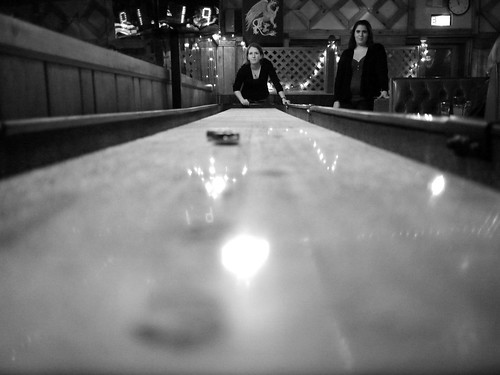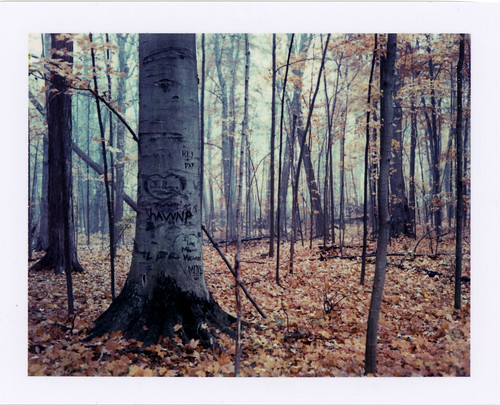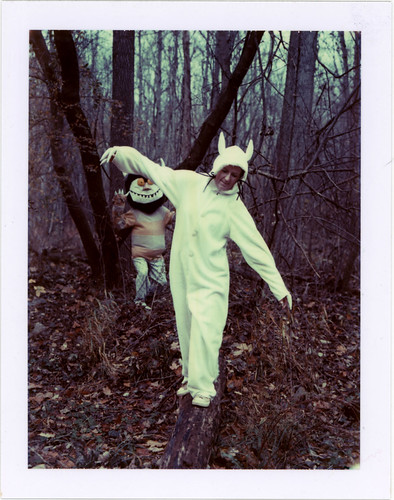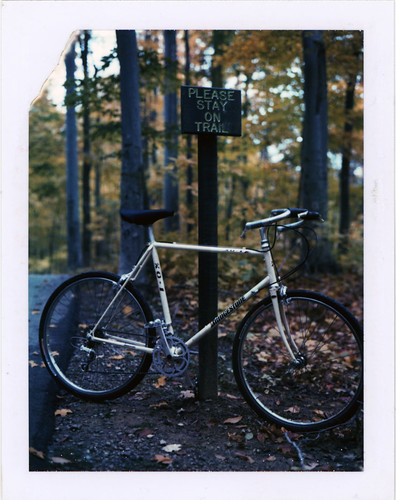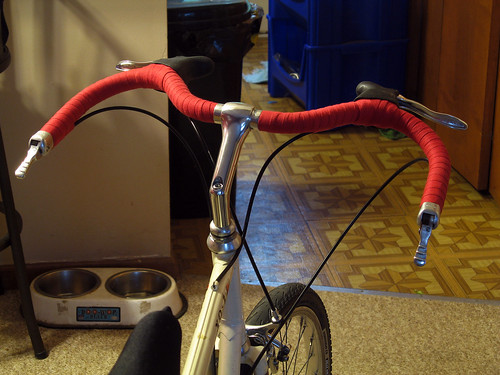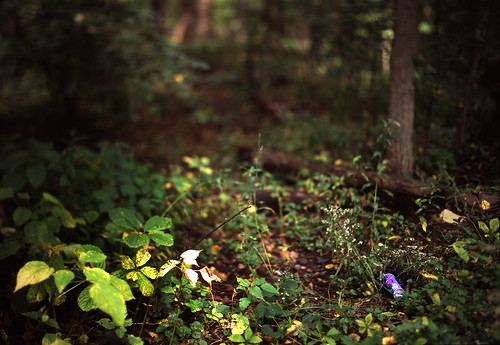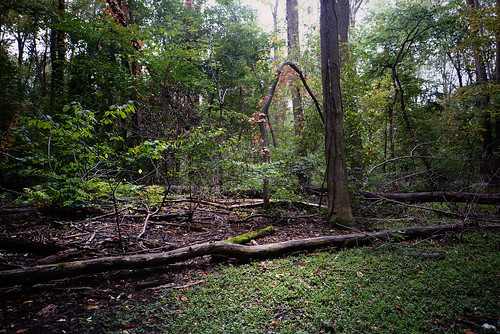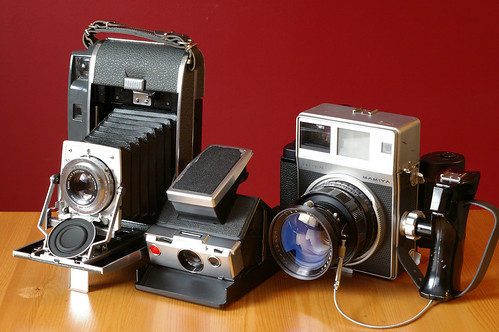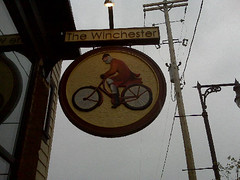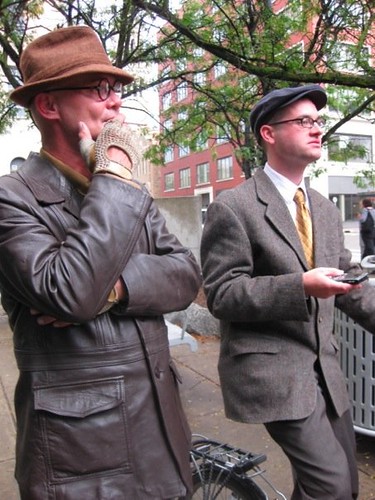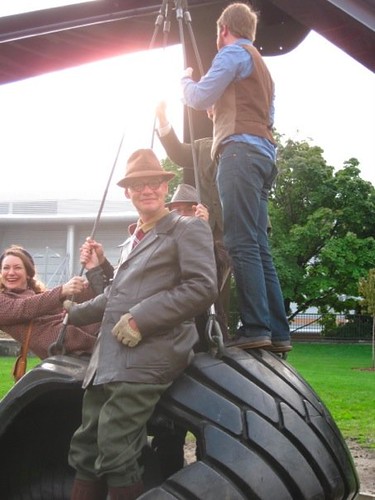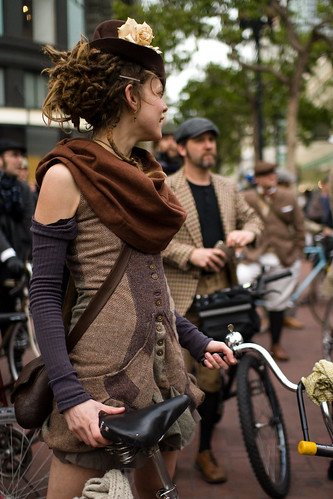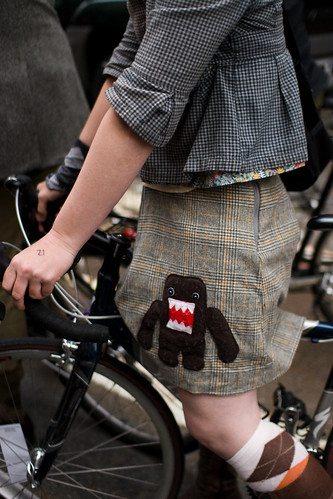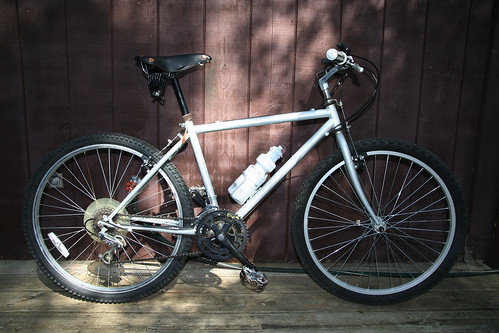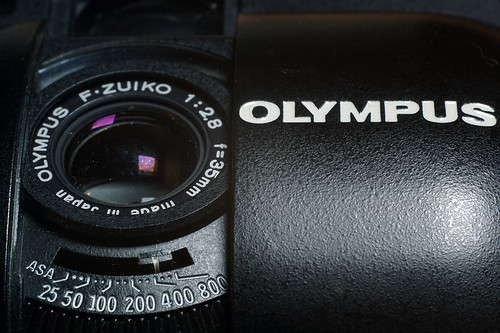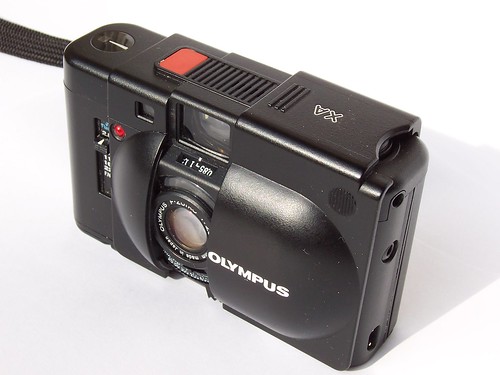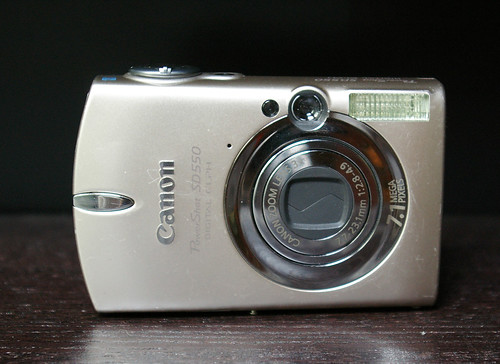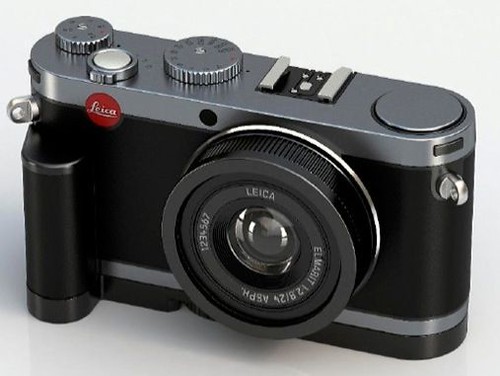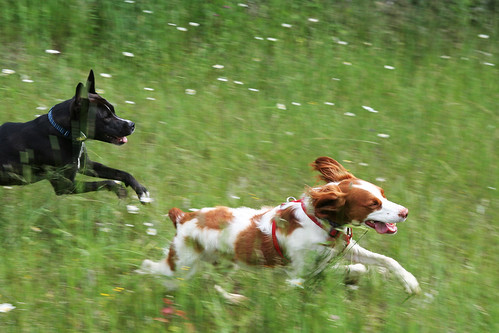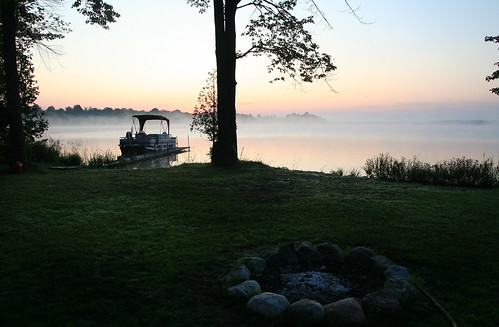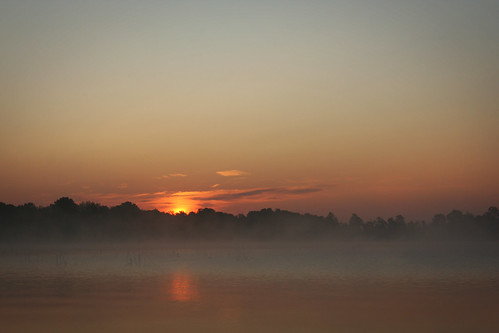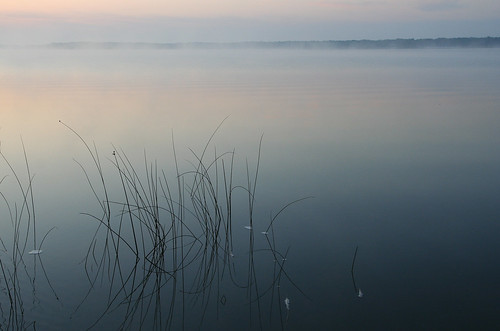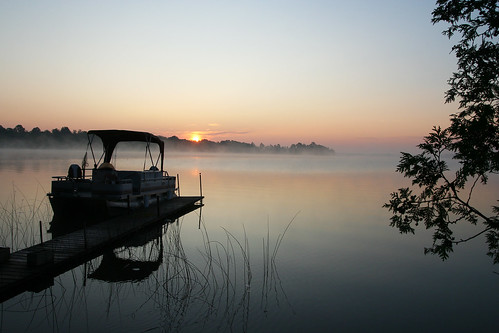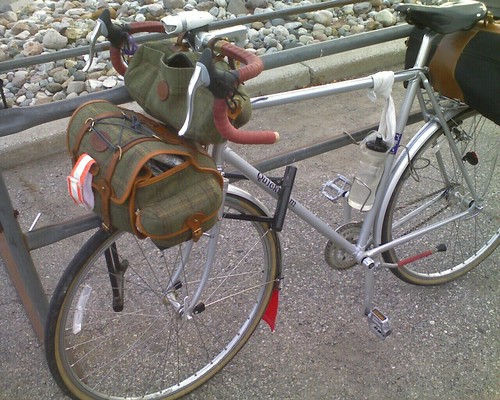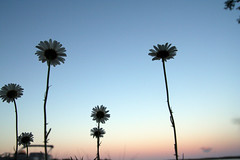I chose to go with the Panasonic GF-1, one of the new "EVIL" cameras (Electronic Viewfinder Interchangeable Lens). I had to wait a couple months after ordering, because Panasonic didn't have enough GF1 20mm kits on hand for the initial rush - a poor supply chain is something Panasonic is known for. The 20mm is a 40mm equivalent, making it a wide-ish normal lens. It reminds me a bit of the Konica pancake 40mm of old, which was also an excellent performer. This lens has a 1.7 maximum aperture, which makes for great out-of-focus background effects, along with good low-light performance.

I took the camera along on a road trip recently, and I am so far quite impressed with it. The build quality seems superior to my Canon dSLR, and each little component gives a satisfying feel in the hand. As with all digital cameras, I wish there were fewer buttons and more dials and switches, but I've found the menus so far to be logically laid out and easy to navigate. The performance is also quite good, with fast autofocus, a beautiful and large live-view LCD, and accurate color rendition and metering.
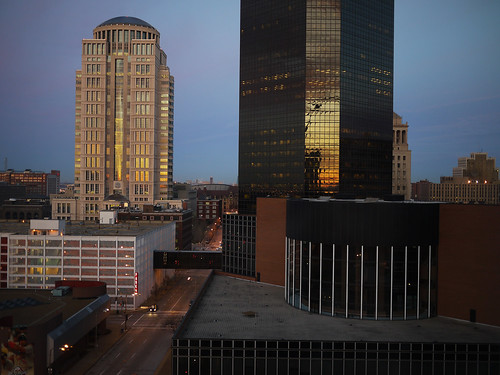
The small size did cause me grief once, when I was crawling around in one of the 50-foot high tunnels at St. Louis's City Museum. I watched as my wife climbed through first, and her cell phone jumped out of her pocket, landing far below. Not thinking, I shoved the new camera in my jacket pocket and followed her. I was horrified to hear a distinct clink as I traversed the tube, and looked down to see the GF-1 sandwiched between two metal bars just wide enough for it to drop through if it shifted at all. After my heart began beating again, I picked up the camera and climbed down as quickly as possible. So if you have a small camera like this, be careful putting it in your pocket, as it may not stay there!
Next on my agenda are to procure a few adapters so I can use my older lenses with the camera. For now, here are some photos from my first set of shots, to give you an idea for the camera's performance.
